From Theory to Practice: The Value of Case Studies
You can spend hours reading about BI in theory, but exploring real-world business intelligence examples and seeing how well-known companies apply it makes the benefits really tangible. Such stories bridge the gap between abstract concepts and practical outcomes, clearly demonstrating how BI software solves everyday business challenges and delivers measurable results.
Key Benefits of Studying BI in Action
- Clarity. It shows how to turn data into business decisions. Real-world BI examples give a clearer view of the process and explain concrete steps, making it easier to understand how BI actually works in practice.
- Inspiration. It reveals new ways to apply BI for maximum results. By looking at how other companies within your industry use BI and address related challenges, you can find applications that you haven’t considered before, discover best-fitting solutions, and reduce risks.
- Proof of impact. It confirms measurable business results. Case studies on business intelligence prove the value with facts and numbers. Seeing real improvements builds confidence in BI’s effectiveness and encourages broader adoption across businesses.
- Guidance. It reveals best implementation practices as well as pinpoints common pitfalls to avoid.
Real-World Business Intelligence Examples: BI in Action
From large enterprises to startups, organizations increasingly implement BI to boost user engagement and retention, drive revenue growth, enhance productivity, reduce costs, and minimize risks, ultimately strengthening both performance and competitiveness.
There are many successful BI examples across industries, so let’s explore some of the most prominent use cases and see how they’ve made a real difference for companies we all know and love.
# Netflix: Driving Engagement Through Predictive Analytics
What makes Netflix so successful? Among its many advantages, we should highlight the focus on data analysis and understanding of its importance. This is a perfect example of how to collect data and use it for high-impact business decisions.
Netflix collects various user data that gives insight into individuals’ preferences and watching habits, all to ensure unparalleled personalization and deliver tailored recommendations.
When generating and validating new content concepts, Netflix analyzes what people have already watched to predict what they will enjoy next. Also, when it comes to tough calls like renewing or canceling shows, the company uses BI tools to evaluate profitability and makes decisions based on facts, not gut feelings.
# Coca-Cola: Optimizing Supply Chain with Real-Time BI
Coca-Cola is another case study of business intelligence optimizing business workflows and enhancing team performance. In 2010, the company had dozens of bottlers, each using different systems to collect and manage information, making it nearly impossible to bring everything into a single, clear view. Employees had to spend weeks pulling data together manually to create sales reports, track supply chain issues, or plan production.
To fix this, the company implemented a BI solution with data integration capabilities that created a single, reliable source of information and saved around 6 weeks of manual work each year, while also reducing errors and expenses.
BI tools automated reports and made them instantly available through mobile dashboards. The result? Given this, analysts and IT staff can focus on strategy and innovation instead of tedious reporting and research.
# Chipotle: Creating Unified Views of Operations
Chipotle Mexican Grill is known not only for its tasty tacos, burritos, and bowls but also for supporting workflows with a modern BI system effectively.
With over 3000 restaurants around the globe, they faced a common challenge – different locations relied on separate systems for their data. This made it hard to get a clear, consistent picture of operations. To fix this, Chipotle adopted a self-service BI platform that centralized its data ecosystem and standardized reporting. This change has saved the company thousands of work hours each year, reduced manual efforts, and helped align everyone on decisions about opening new restaurants, creating menu items, or switching suppliers.
# REI: Driving Growth Through Higher Membership Sign-Ups
REI follows a co-op model, which means customers can become members in exchange for access to special events, exclusive pricing, and discounts on high-quality outdoor gear. Since the company’s revenue is directly linked to its membership base, increasing sign-ups is a key business goal.
To manage its massive data, over 90 terabytes from online and in-store transactions, REI adopted a modern BI platform to make accurate forecasts and gain better insights into market trends. Using BI, they monitor key membership metrics, including acquisition, retention, lifetime value, and purchase patterns. Precise customer segmentation analysis helps guide decisions about member lifecycle management, shipping methods, product assortments, and personalized marketing campaigns. This allows REI to optimize operations, boost customer satisfaction, and build data-driven strategies for both digital and brick-and-mortar experiences.
# Starbucks: Making Predictions and Personalizing Experiences
When coffee is sold literally at every turn, why do so many people line up to grab a drink and pastries at Starbucks? Because it offers more than just a cup of coffee, it sells unique, personalized experiences.
Through its Loyalty Card program, powered by BI tools, the company collects and analyzes numerous data points to make accurate predictions and meet individual customer demands. Starbucks’ customers regularly receive offers, tailored to their preferences or purchase habits, which boosts retention and strengthens trust within the community. The Starbucks app even adjusts recommendations based on the weather and season – for example, suggesting a hot latte on a cold, rainy day or a refreshing iced drink during summer.
# Uber: Surge Pricing with Data-Driven Precision
When it comes to critical business decisions, Uber relies on the power of real-time analytics, and its surge pricing is an effective example. The point is in striking a balance between supply and demand, while also reducing ride wait times and driving the company’s revenue up. Here’s how this works: advanced algorithms monitor traffic conditions, journey times, driver availability, and customer demand in real-time; once demand increases, surge pricing is activated, which means rates are adjusted accordingly. This gives users the choice to pay more for an immediate ride or wait until prices drop.
# American Express: Developing New Offers
American Express (AMEX) harnesses the power of a business intelligence system to guide the creation of new payment methods and market offers that, in turn, attract new customers and increase the corporation’s revenue. Comprehensive data analysis provides a better understanding of what customers want, helping enrich the company’s portfolio with products that hit the target. Beyond this, AMEX combines real-time BI tools with machine learning to spot suspicious patterns and detect fraud, protecting customers whose card data may be compromised. This ultimately reduces losses and ensures the financial ecosystem is safe.
# Delta Airlines: Identifying and Rewarding Loyal Customers
Delta Airlines uses big data and business intelligence tools to create unparalleled customer experiences and make its loyal clients feel valued.
The company makes the most of the collected data and transforms it into actionable insights. For instance, flight attendants can access passenger information in real time to greet frequent flyers by name and recognize Delta SkyMiles members onboard. This personal touch builds meaningful connections with customers, increases trust, and drives loyalty.
Additionally, BI supports Delta’s loyalty programs and marketing strategies. By analyzing travel and spending habits, the airline delivers tailored promotions at the right moment that increase conversion with lower advertising costs. This combination of personalized service and data-driven loyalty initiatives positions Delta as a leader in the competitive airline industry.
Key Takeaways from BI Success Stories
The examples of business intelligence mentioned above demonstrate how companies, regardless of industry, adopt this concept to elevate operations. Though each case is unique and has peculiarities requiring individual attention in the context of a given team, niche, workflows, etc, we still can single out some common patterns and widely applicable insights.
Common Patterns Across Successful BI Implementations

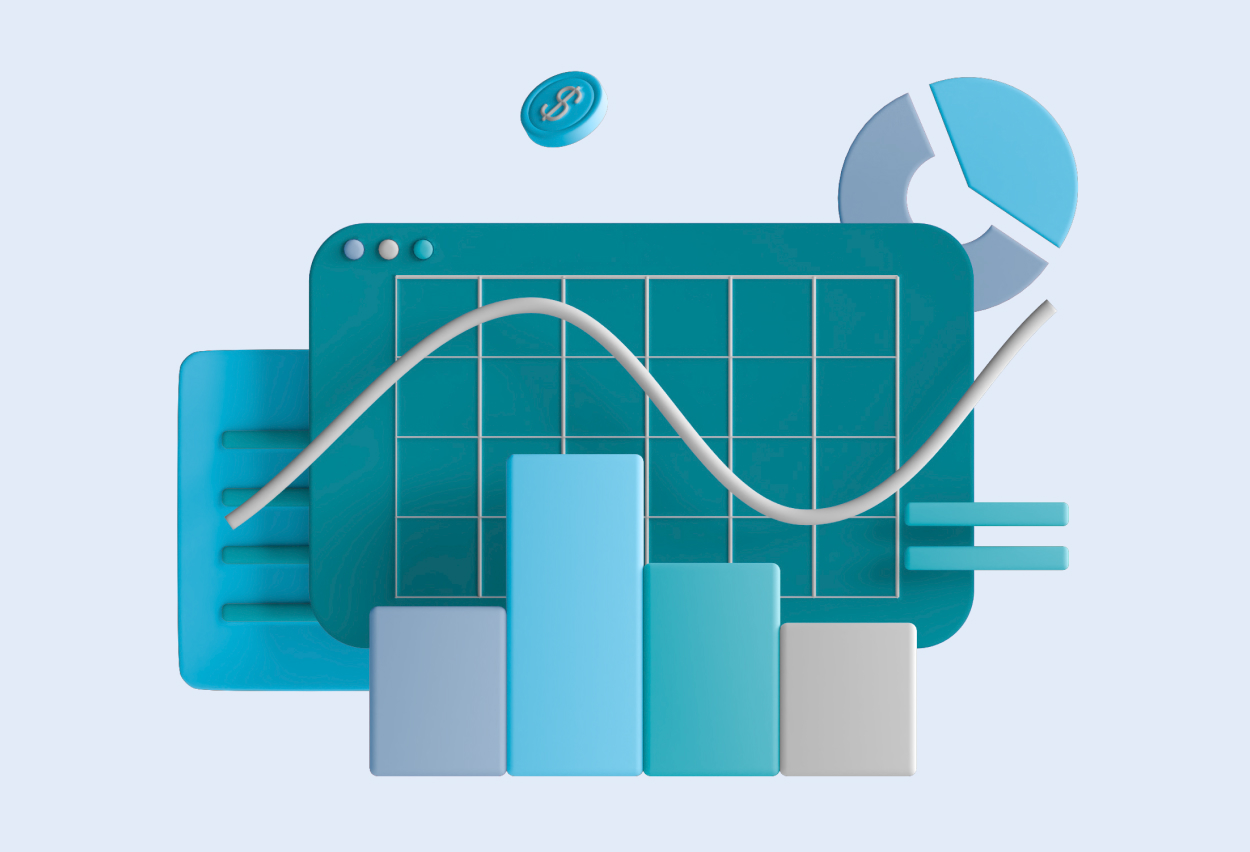

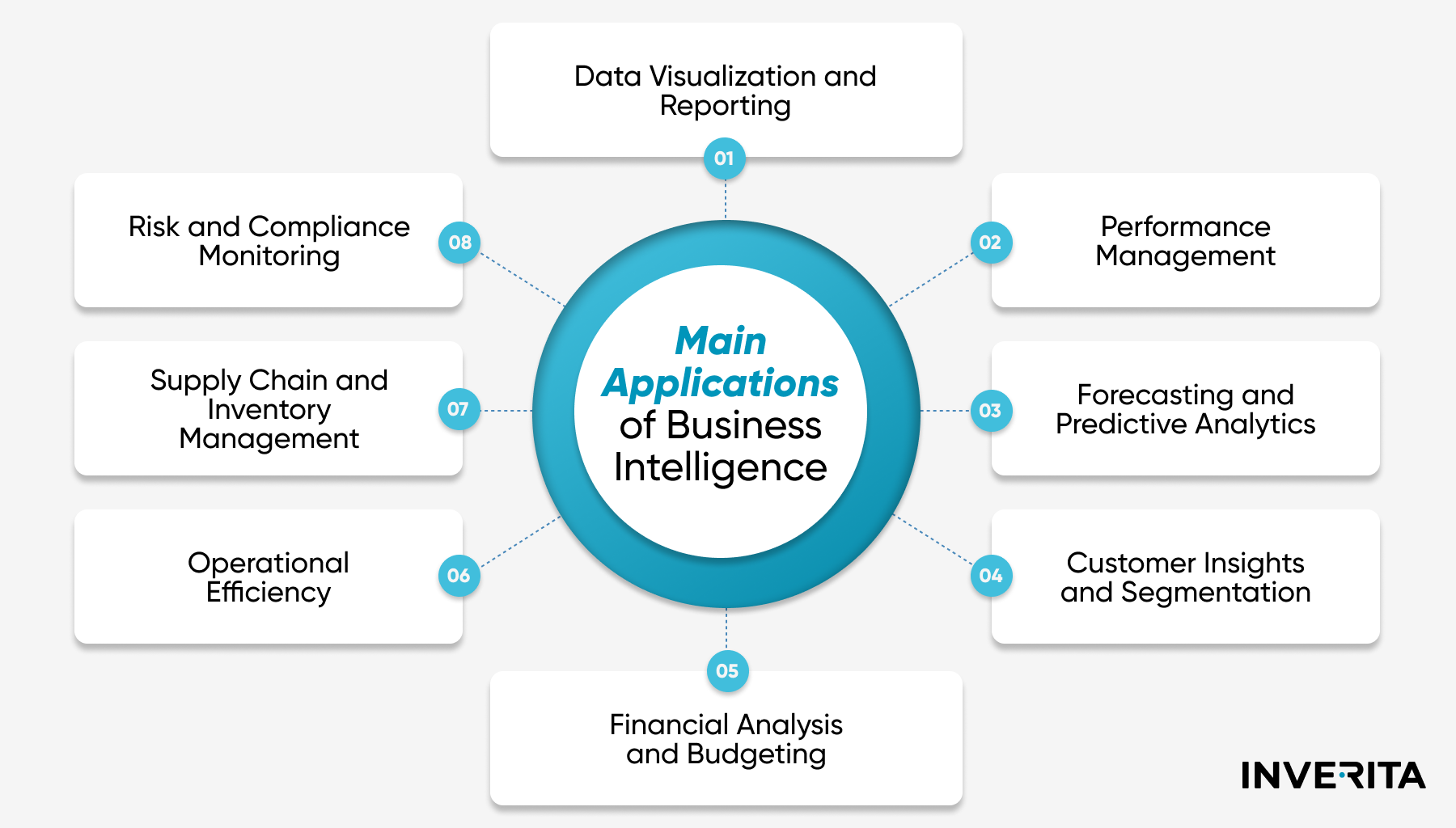
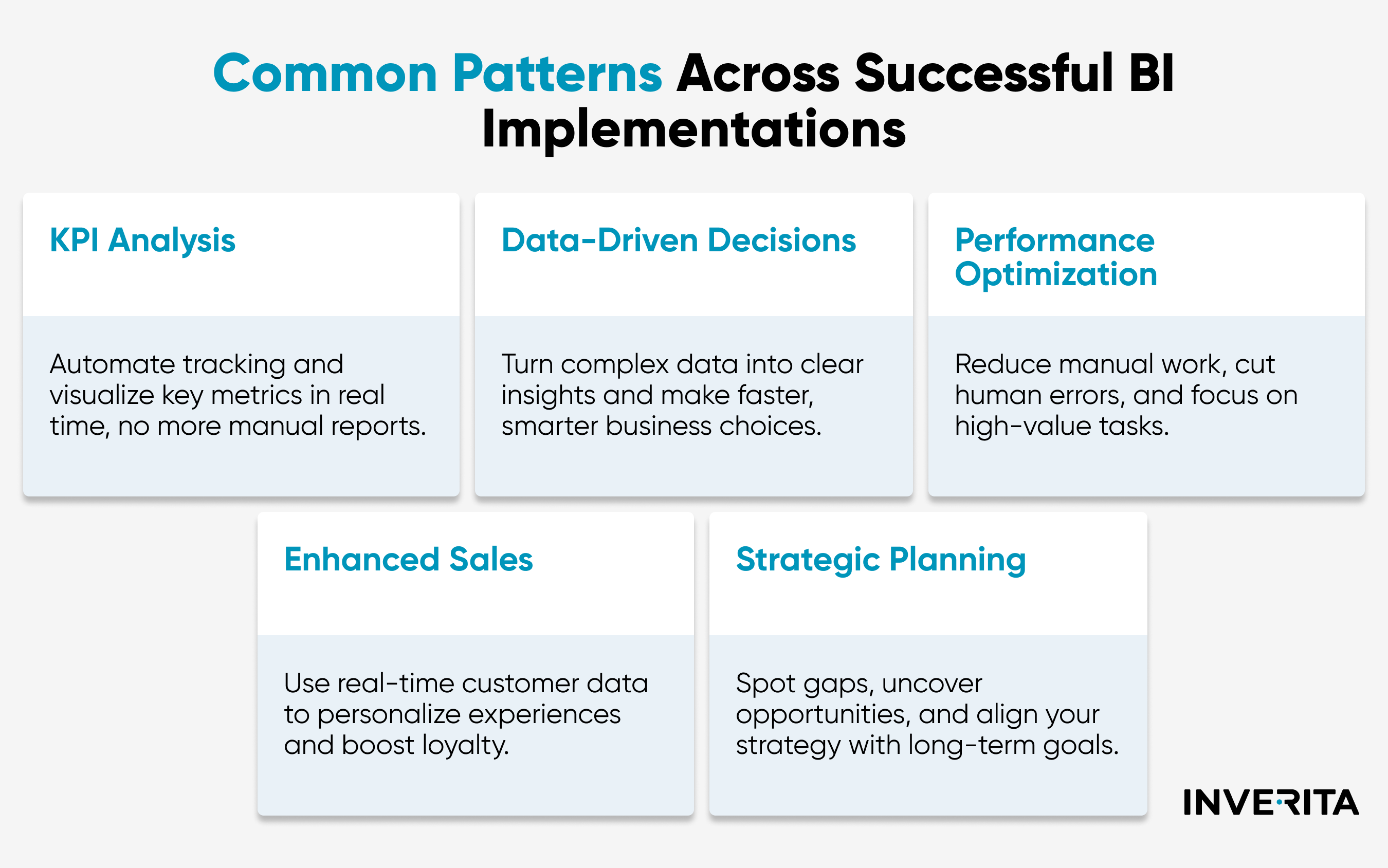
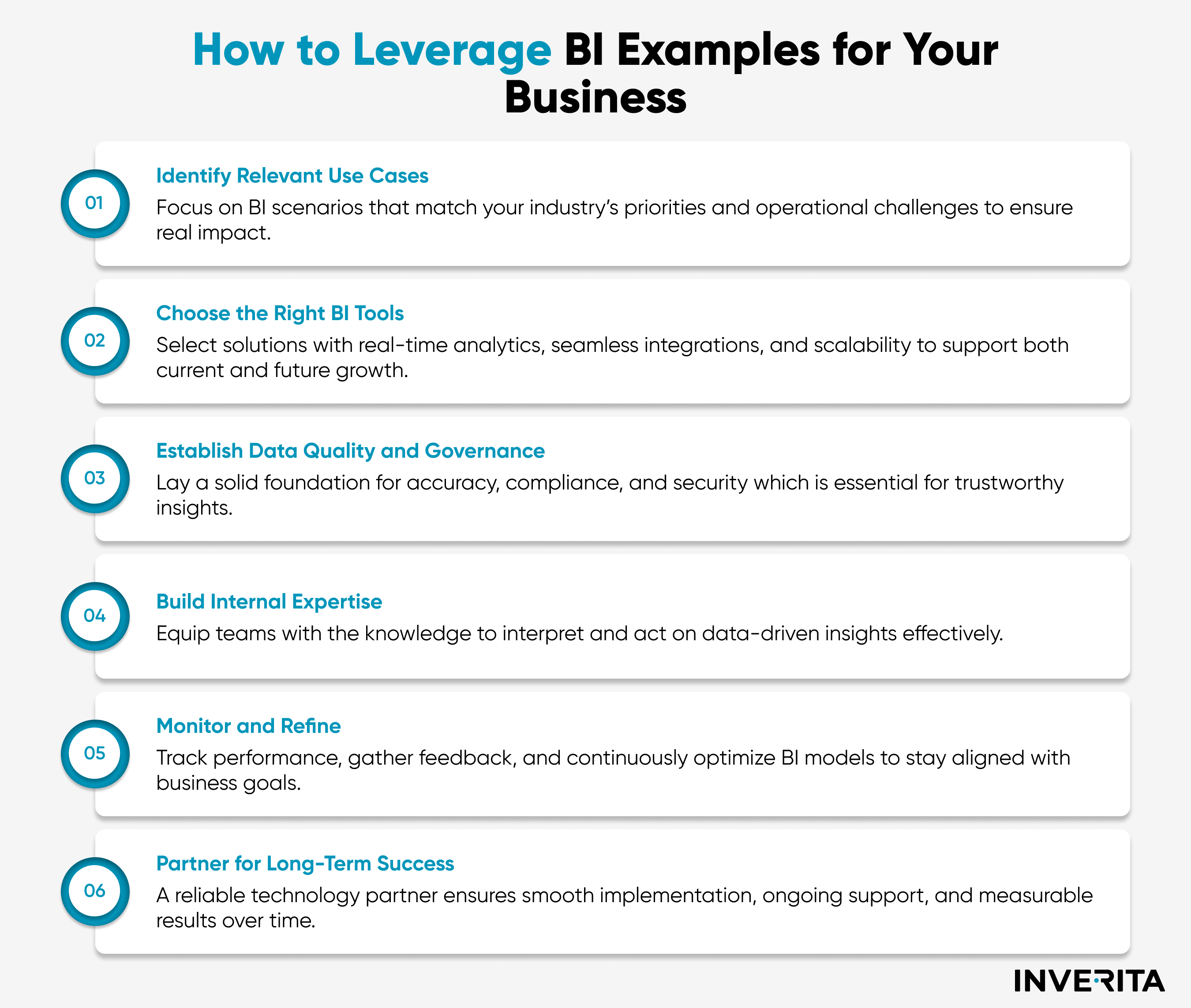
_1764586939-small.webp)
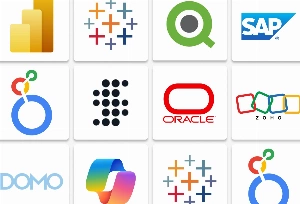
_1758804763-small.webp)